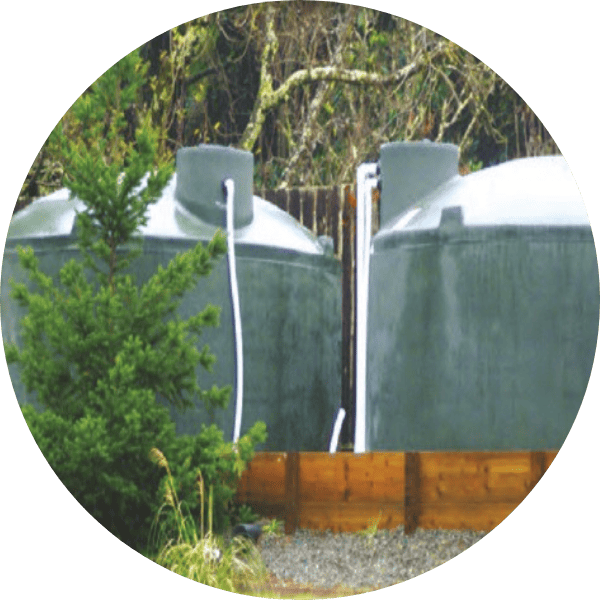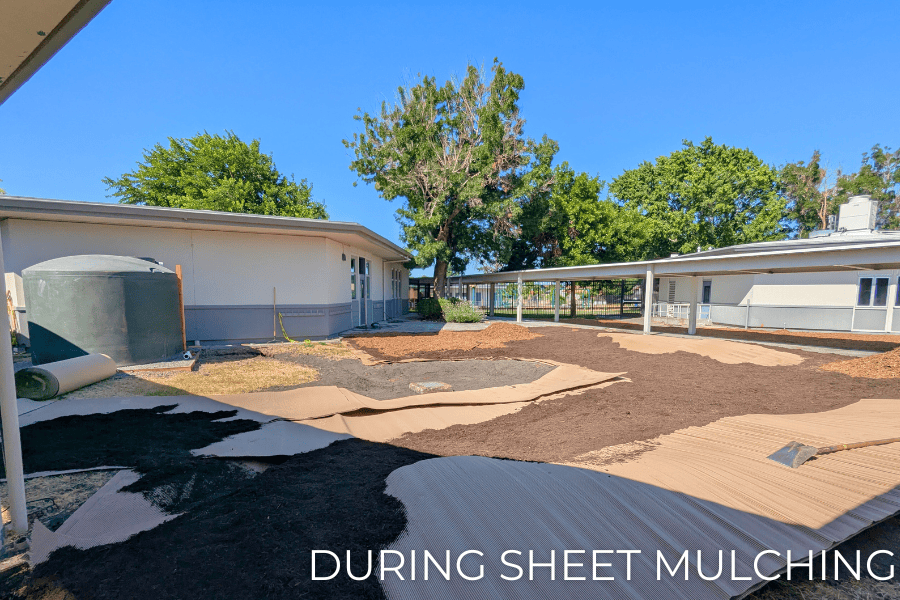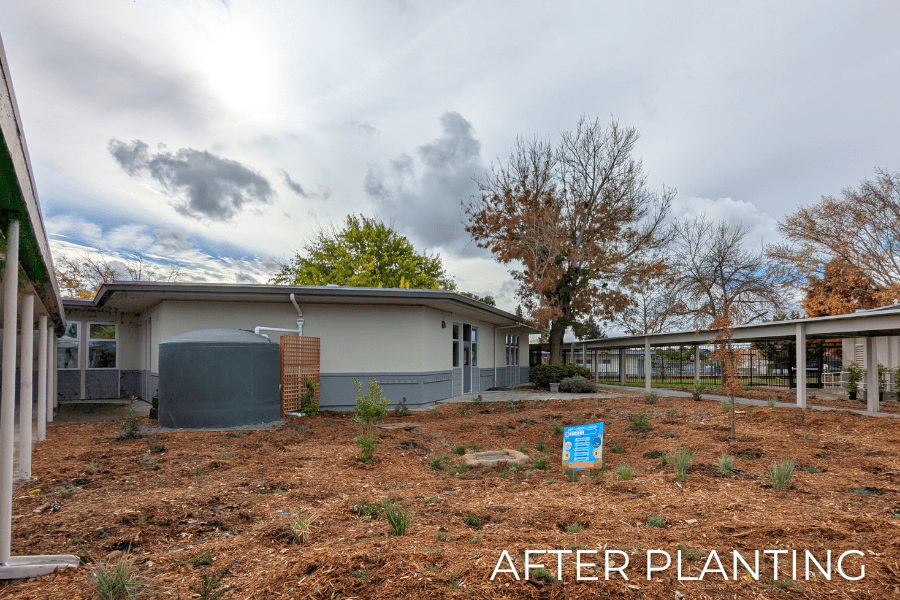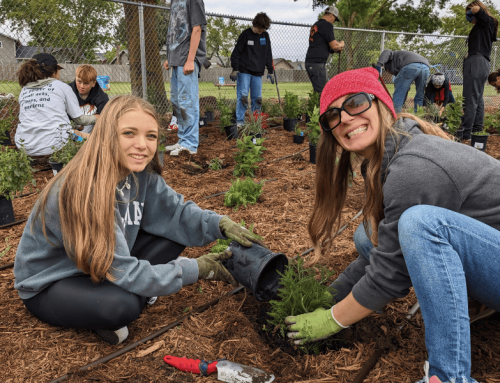La Tercera School Landscape Transformation
PROJECT DESCRIPTION
Daily Acts, through the Climate Resilience Schools Program, facilitated a landscape transformation with La Tercera STEM Elementary School in Petaluma. This K-6 grade school campus consisted mostly of lawn, blacktop, playgrounds, and some mature shade trees within the campus’ central courtyard.
In preparation for this transformation, Daily Acts and Conservation Corps North Bay worked together during the summer of 2024 to sheet mulch 10,625 square feet of lawn. In collaboration with Sonoma RCD and The Water Folk, four rain tanks were installed to store up to 8,000 gallons of rainwater. This water was used for the first time right after installation of the plants to help their roots get established! The excess from two of the tanks is being redirected into two rain gardens instead of being sent to the storm drain.
In November of 2024, the new pollinator and rain gardens took shape over the course of two workdays: one with community volunteers and one with students. In total, over 400 people were involved in helping bring this garden to life!

August 2024: The rainwater tanks have been installed!
This project has created a landscape that conserves 276,331 gallons of water per year by applying native plants, mulch, rainwater catchment, and drip irrigation. It has also created a setting for which La Tercera’s school’s goals of inspiring wonder, encouraging hands-on learning, and supporting a student’s full academic potential can be realized.
*Throughout the installation process, we engaged with the school community by attending back to school night, gathering input on how the space was used, and sharing resources and conversing with teachers!
PROJECTS IMPLEMENTED AT LA TERCERA SCHOOL

Rainwater Harvesting

Raingardens & Stormwater Management
Stormwater is water that falls onto the landscape during a storm, and often runs off into storm drains, picking up pollutants on its way. Benefits of capturing this water within your landscape are: improved air quality, habitat enhancement, extreme heat island effect mitigation, and higher property value. Rain gardens are small basins made in the landscape that help to retain water after a storm, allowing for deeper soil penetration and better soil health.

Irrigation Efficiency Upgrades
Irrigation efficiencies are strategies aimed at minimizing the loss of water due to evaporation leaks, and runoff. This may include upgrading irrigation timers to a more efficient water delivery that reduces consumptive use while maintaining the same amount of healthy and attractive landscape. By switching irrigation times on existing irrigation systems to morning or evening when temperatures are lower, less water is lost to evaporation.

Lawn Conversion
Lawn Conversion is the removal of a monocrop landscape and planting low water or native plants. The shallow roots of turf grass compact soils limiting water absorption when it rains. Runoff picks up any chemicals or fertilizers from your yard and transfers them to local streams. With the installation of native species or low water use plants, roots are given a chance to grow deeper and create systems that hold water in the soil and lessening runoff.











